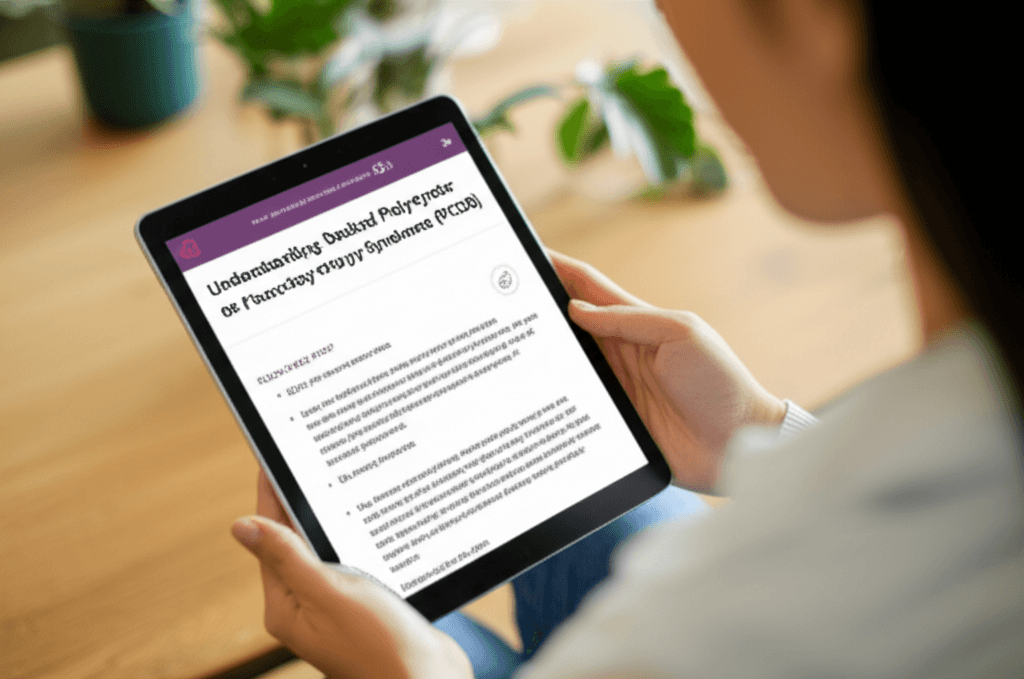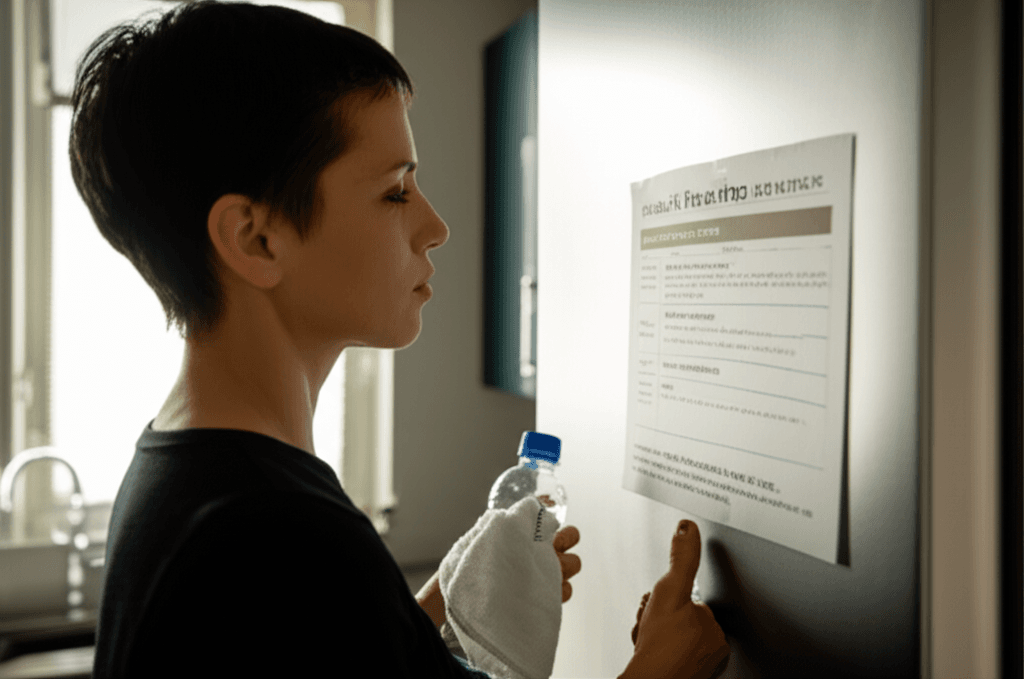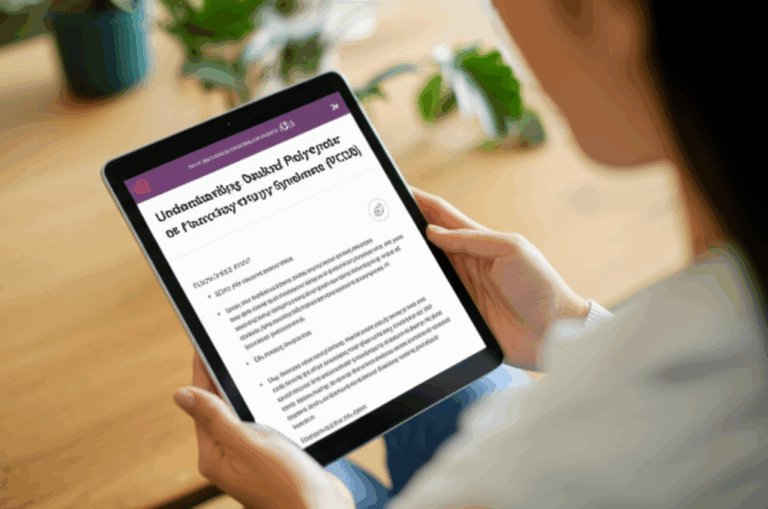For millions of women worldwide, Polycystic Ovary Syndrome (PCOS) presents a complex web of hormonal imbalances and challenging symptoms. From irregular periods and fertility struggles to acne, excess hair growth, and weight management difficulties, PCOS can significantly impact daily life and overall well-being. However, scientific evidence increasingly points to a surprisingly simple yet powerful intervention: regular exercise. Specifically, integrating just four moderate, simple workouts into your weekly routine can be a game-changer in mitigating many PCOS symptoms.

Understanding Polycystic Ovary Syndrome (PCOS)
PCOS is a common endocrine disorder affecting women of reproductive age. Its diagnosis typically involves the presence of at least two of three key features: irregular or absent periods (indicating infrequent or no ovulation), elevated levels of male hormones (androgens), and polycystic ovaries (ovaries that may be enlarged and contain many small, fluid-filled sacs that surround eggs, though not all individuals with PCOS develop cysts).
Common symptoms of PCOS include:
- Irregular or absent menstrual periods: This is a hallmark symptom, often making conception difficult.
- Excess hair growth (hirsutism): Often appearing on the face, chest, back, or abdomen due to high androgen levels.
- Acne and oily skin: Also linked to increased androgen levels.
- Weight gain: Particularly around the belly, which can worsen symptoms.
- Thinning hair or male-pattern baldness.
- Infertility: PCOS is a leading cause of female infertility due to irregular or absent ovulation.
- Insulin resistance: A significant underlying factor where the body’s cells don’t respond effectively to insulin, leading to elevated blood sugar and increased androgen production. This can heighten the risk of developing type 2 diabetes and cardiovascular disease.
- Mood swings, anxiety, and depression: The hormonal imbalances and physical symptoms can profoundly impact mental health.
While there is no cure for PCOS, lifestyle interventions, including diet and physical activity, are considered first-line treatments for managing symptoms and reducing the risk of associated long-term health problems.

The Scientific Link: How Exercise Impacts PCOS
The positive effects of exercise on PCOS are multi-faceted, addressing several core aspects of the syndrome. Regular physical activity can improve insulin sensitivity, regulate hormones, aid in weight management, and boost overall well-being.
Enhancing Insulin Sensitivity and Glucose Metabolism
Insulin resistance is a prevalent characteristic of PCOS, affecting 65-70% of individuals with the condition. When cells become resistant to insulin, the pancreas produces more insulin to compensate, leading to high insulin levels (hyperinsulinemia). This, in turn, can stimulate the ovaries to produce more androgens, exacerbating symptoms like acne, hirsutism, and irregular periods.
Exercise directly combats insulin resistance. Physical activity moves glucose into muscles for energy, reducing the need for insulin and giving the pancreas a break. This process improves the body’s sensitivity to insulin over time, making the insulin produced more effective. Studies show that both aerobic and strength training exercises significantly improve insulin resistance in women with PCOS. Even without significant weight loss, exercise has been shown to improve insulin sensitivity and other metabolic parameters.
Regulating Hormone Levels
Exercise plays a crucial role in regulating hormones beyond just insulin. Regular physical activity can help lower elevated androgen levels, which are responsible for symptoms like excessive hair growth and acne. It also contributes to hormonal balance, which can improve menstrual cycle regularity and ovulation. Research indicates that vigorous aerobic exercise can improve insulin measures, while resistance or strength training may improve androgen levels. Yoga has also shown promising, though limited, results in improving androgen levels.
Supporting Weight Management
Weight gain, particularly around the abdomen, is common with PCOS and can worsen symptoms. While losing weight with PCOS can be challenging, regular exercise is a vital component of a comprehensive weight management plan. Even a modest weight loss of 5-10% can significantly improve insulin resistance, hormone levels, and menstrual cycles. Exercise helps by burning calories, building muscle mass (which boosts metabolism), and reducing abdominal fat.
Boosting Mental and Emotional Well-being
PCOS can have a significant psychological impact, with women often experiencing increased rates of depression, anxiety, and mood swings. Exercise is a powerful natural mood booster, triggering the release of endorphins that help reduce stress, combat depression, and improve overall mental well-being. Mind-body exercises like yoga and Pilates are particularly beneficial for stress reduction and enhancing the mind-body connection. Regular physical activity also contributes to better sleep quality, which is often disturbed in women with PCOS.

Crafting Your Four Simple Workouts Per Week
The good news is that you don’t need to engage in extreme or punishing workouts to reap these benefits. Consistency and a well-rounded approach are key. Studies suggest that even 120 minutes of vigorous exercise per week can significantly improve metabolic and hormonal health. This can be broken down into four 30-minute sessions. For maximizing health benefits, some research suggests aiming for a weekly total of 250 minutes of moderate intensity and 150 minutes of vigorous intensity aerobic exercise, along with muscle strengthening activities on two non-consecutive days, ideally daily or every second day to enhance insulin action. However, even less intensive routines offer benefits.
Here’s how you can incorporate four simple yet effective workouts into your week:
1. Cardiovascular Exercise (Aerobic Training)
Cardio supports heart health, improves insulin sensitivity, and aids in weight loss.
- Examples: Brisk walking, cycling, swimming, jogging, or dancing.
- Recommendation: Aim for 30 minutes of moderate-intensity cardio for at least two sessions per week. Moderate intensity means you can talk, but not sing, while exercising. Vary your route or try interval walking (alternating moderate and fast-paced walking) for an added challenge.
- Scientific backing: Vigorous aerobic exercise has been shown to reduce BMI and insulin resistance. It significantly improves insulin sensitivity and helps with weight loss.
2. Strength Training (Resistance Training)
Building muscle mass is crucial for PCOS management as it boosts metabolism and significantly improves insulin sensitivity. Muscle requires less insulin to take in glucose, making strength training excellent for reversing insulin resistance.
- Examples: Bodyweight exercises (squats, lunges, push-ups, tricep dips), using resistance bands, or lifting weights.
- Recommendation: Incorporate 30-minute strength training sessions two times a week, focusing on major muscle groups.
- Scientific backing: Strength training improves how your body uses glucose, reduces insulin resistance, and can help balance androgens and improve body composition. It builds healthy muscles and bones, increasing resting calorie burn.
3. Mind-Body Exercises
These activities are excellent for stress reduction, which is vital for PCOS, as high cortisol levels can worsen symptoms.
- Examples: Yoga, Pilates, Tai Chi, or meditative walking.
- Recommendation: Dedicate one session a week (20-60 minutes) to a mind-body practice. This can be a structured class or a home routine.
- Scientific backing: Mind-body exercises not only burn calories but also reduce stress levels that can exacerbate PCOS symptoms. They help regulate the nervous system and reduce cortisol.

Making it Sustainable: Tips for Success
- Consistency is paramount: The most significant benefits come from regular activity.
- Choose activities you enjoy: This increases adherence and makes it a sustainable part of your lifestyle.
- Start slowly and gradually increase intensity: Don’t overdo it, especially if you’re new to exercise. Listen to your body.
- Mix it up: Combining different types of exercise—cardio, strength, and mind-body—offers comprehensive benefits and prevents boredom.
- Don’t neglect rest days: Allow 1-2 rest days per week to support recovery and hormonal balance.
- Complement with a balanced diet: Exercise is most effective when paired with nutritious foods and managing a healthy weight.
- Seek professional guidance: A healthcare provider or a fitness professional knowledgeable about PCOS can help tailor a safe and effective plan.
Conclusion: A Powerful Tool for PCOS Management
The scientific consensus is clear: incorporating regular physical activity, even as few as four simple workouts a week, is a powerful and evidence-backed strategy for managing Polycystic Ovary Syndrome symptoms. By improving insulin sensitivity, regulating hormone levels, aiding in weight management, and boosting mental well-being, exercise addresses the core challenges of PCOS. It’s not about achieving a specific body type or intense calorie burning, but rather about fostering metabolic health and hormonal balance. By embracing a consistent, varied, and enjoyable exercise routine, women with PCOS can take proactive steps to significantly improve their health and quality of life.







